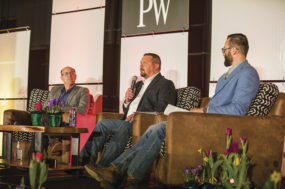Nutritionist Barry Visser likes to be proactive when discussing rising rations costs and increasing byproduct commodity costs with his clients.
“I want to bring it up before the producer does,” Visser says.
But Visser hasn’t had to be as proactive as usual at Sandhill Dairy in Perham, Minnesota. Dairy owner Mark Dombeck has contracted out many of his feed sources in advance and openly discusses rising feed costs when Visser visits.
“If I’m going to lose milk, I’m not going to make the change,” Dombeck says.
The result is a herd that maintains high production, despite feeding ingredients that cost at least 70 percent more than they used to two years ago.
“This is one of the herds we’ve done as few ration changes as any based on feed costs,” Visser says.
He attributes the limited number of changes due to the dairy’s forward contracting of byproduct commodities and protein sources.
If Visser has any concerns, it’s that he has an excess of contracted protein feed source options. Forages balance out the protein in the dairy’s diet.
“This is a herd that does a phenomenal job on forages,” Visser says. “Even though the dairy doesn’t have great geography for forage production.”
Sandhill Dairy is located in northwestern Minnesota, an area that experienced fairly severe drought last year. Visser says putting up quality feed this year will be imperative to continued feeding success.
“The mind-set is: What do we need to do better this year so that we can be more profitable?” Visser says. “We certainly know we’re headed in the right direction." PD
Barry Visser
Nutritionist with VitaPlus
bvisser@vitaplus.com





